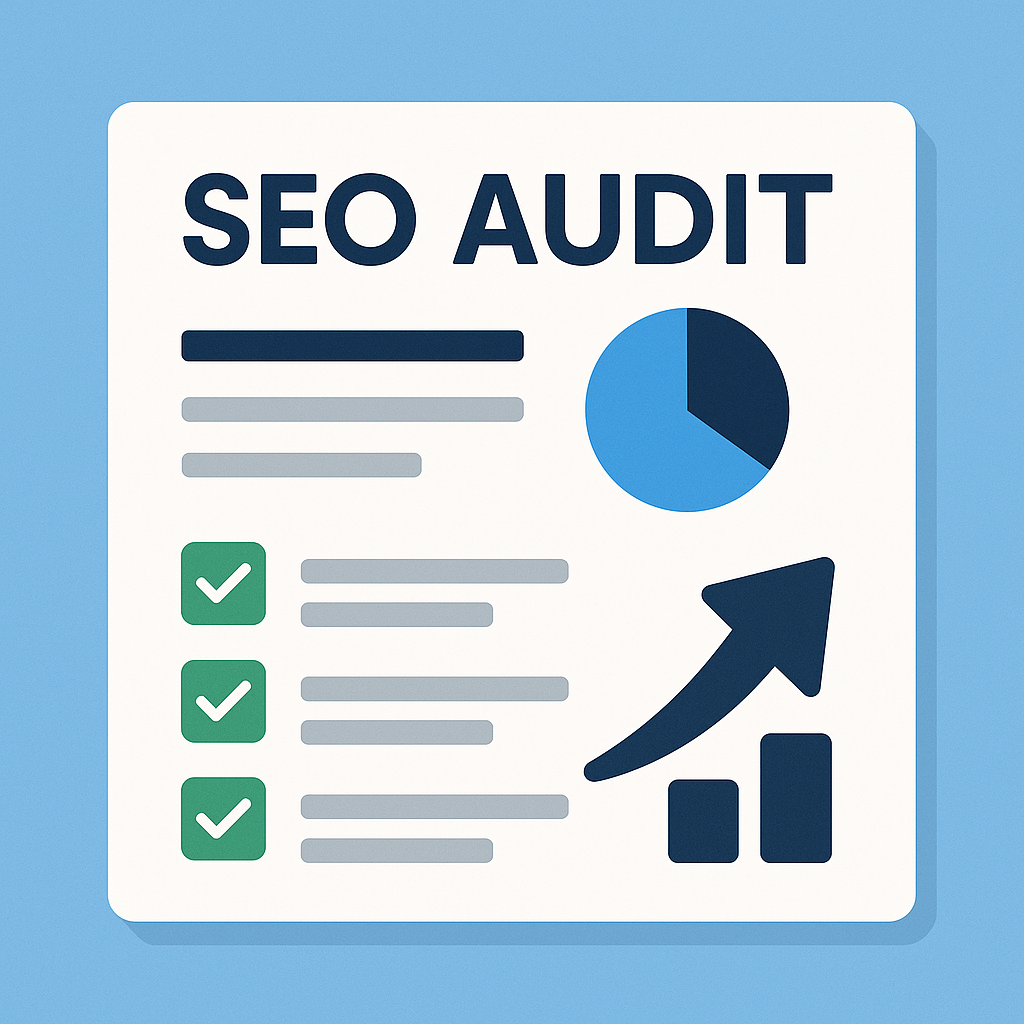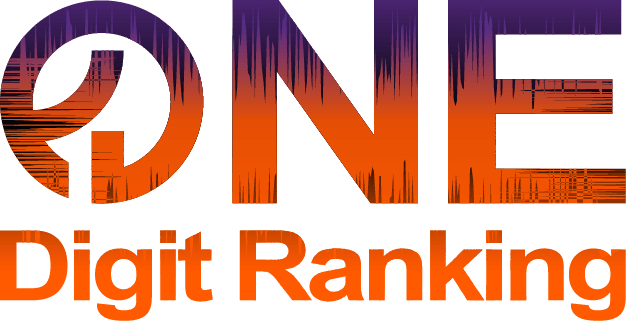
Introduction: Why a Pro-Level SEO Audit Is Your Secret Weapon
In the ever-evolving SEO landscape, agencies need more than tools—they need a tested, client-ready framework to assess and optimize digital presence. Whether it’s closing leads with confidence or delivering exceptional ongoing value, a refined SEO audit is the cornerstone. This guide offers a complete template for agencies aiming to systematize, scale, and supercharge their SEO audit process.
On-Page SEO Audit Checklist
What is On-Page SEO?
On-page SEO, also known as on-site SEO, refers to the process of optimizing the elements on a website to improve its visibility and ranking in search engine results pages (SERPs). Unlike off-page SEO, which focuses on external signals like backlinks, on-page SEO is all about refining the content and HTML source code of individual pages. This includes optimizing title tags, meta descriptions, header tags, URL structures, and internal linking. It also involves improving content quality, ensuring mobile-friendliness, increasing page speed, and using relevant keywords naturally throughout the text. The ultimate goal is to make the page both user-friendly and search-engine friendly, enhancing its chances of ranking well for targeted queries.
1. Technical Setup & Indexability
- Crawlability: Ensure search engines like Google can navigate your site using tools such as Screaming Frog. This simulates a bot crawling your website to detect any access issues.
- XML Sitemap: A file that lists all important URLs on your site. Make sure it’s updated and submitted to Google Search Console.
- robots.txt: This file tells search engines which pages they can or can’t crawl. Avoid accidentally blocking important pages.
- Meta Robots Tags: HTML tags that control indexing behavior. Common values include “index, follow” or “noindex, nofollow”.
2. Content Quality & Structure
- Content Inventory: Create a list of all your content assets with relevant data (e.g., title, word count, last updated date).
- E-E-A-T Compliance: Ensure your content demonstrates Experience, Expertise, Authoritativeness, and Trustworthiness. This boosts credibility in Google’s eyes.
- Keyword Cannibalization: Happens when multiple pages target the same keyword, competing against each other. Use canonical tags or consolidate similar content.
3. Metadata Optimization
- Title Tags: These appear as clickable headlines in SERPs. Include your primary keyword and brand name.
- Meta Descriptions: Brief summaries under your title tag. Though not a ranking factor, they impact click-through rate.
4. Image SEO
- ALT Text: Descriptive text for images, improving accessibility and SEO.
- Image Compression: Reduces file size without losing quality, improving page load speed.
5. UX and Mobile Friendliness
- Mobile Usability: Use Google’s Mobile-Friendly Test to ensure your site is usable on mobile devices.
- Core Web Vitals: Google’s metrics for evaluating user experience, focusing on load time (LCP), interactivity (FID), and visual stability (CLS).
Monthly Technical Audit Tasks
What is Technical SEO?
Technical SEO refers to the process of optimizing a website’s infrastructure to help search engines crawl, index, and render it more effectively. It’s the behind-the-scenes work that ensures your site is accessible, secure, and free of errors that might prevent visibility in search engine results.
These recurring checks ensure that your site remains healthy and responsive to evolving SEO best practices.
1. Crawl Errors & Redirect Chains
- 404 Errors: Pages not found. These should be redirected or removed.
- Redirect Chains: Multiple redirects before reaching the final page. This slows down user experience and crawling.
2. Schema Markup Validation
- Schema Markup: Code that helps search engines understand your content context (e.g., product, review, article).
- Rich Results Test: Tool to validate your schema implementation and check for enhancements like star ratings.
3. HTTPS and Security Checks
- SSL Certificates: Ensure your site uses HTTPS to secure user data. Check for secure versions of every subdomain.
- Mixed Content: Occurs when a secure page loads non-secure resources. Fix by converting all URLs to HTTPS.
4. Internal Link Health
- Orphaned Pages: Pages with no internal links. They’re hard for users and bots to find.
- Broken Internal Links: Links leading to non-existent pages. Fix or remove them to maintain site integrity.
5. Core Web Vitals Monitoring
- PageSpeed Insights: Google’s tool to measure load time and other vital UX signals. Focus on metrics like LCP (load speed), FID (interactivity), and CLS (visual shift).
Our Favorite SEO Audit Tools
The right software stack streamlines analysis and improves accuracy.
1. Screaming Frog
- A desktop-based crawler that identifies technical issues like broken links, duplicate content, and redirect chains.
2. Google Search Console
- Free platform by Google that shows how your site performs in organic search, and highlights indexing or mobile issues.
3. Semrush / Ahrefs / SE Ranking
- Comprehensive SEO tools to analyze keyword rankings, backlinks, competitor data, and site audits.
4. Google Analytics 4 (GA4)
- Web analytics platform for tracking user behavior and conversion funnels. Essential for ROI measurement.
5. Content Audit Tools
- Tools that evaluate your content’s health and performance based on traffic, backlinks, and engagement (e.g., SEMrush Content Audit).
How to Present SEO Audits to Clients
Effective presentation builds trust and clarifies impact. Avoid jargon unless it’s explained.
1. Visual Executive Summary
- KPI Dashboards: Use visual representations like traffic graphs and scorecards to convey site health at a glance.
- Color-Coded Grades: Assign grades (A-F or Good-Fair-Poor) to key categories: Technical, Content, UX, Backlinks.
2. Tactical Insights
- Quick Wins: Fixes that offer immediate benefits (e.g., broken links).
- Long-Term Fixes: Strategic items like content expansion or domain consolidation.
3. Content Strategy Alignment
- Show how audit findings align with audience personas and buyer journey stages.
4. Set Realistic Expectations
- Establish benchmarks and phased action plans. SEO takes time, and performance builds incrementally.
Post-Audit Performance Tracking Metrics
Post-audit tracking is where you prove ROI and refine strategies.
1. Primary SEO KPIs
- Organic Traffic: Number of visitors coming from search engines.
- Conversions: Actions like purchases, form fills, or downloads triggered by SEO.
2. Engagement Metrics
- Bounce Rate: Percentage of users who leave after viewing one page.
- Pages Per Session: Number of pages viewed during a session.
- Scroll Depth: How far users scroll down your pages—a proxy for content engagement.
3. Ranking Metrics
- Keyword Rankings: Where your site appears in Google for target queries.
- Featured Snippets: Enhanced listings that drive higher visibility and click-through rates.
4. Link Acquisition and Toxicity
- Referring Domains: Unique websites linking to your site. A key trust signal.
- Toxic Links: Low-quality or spammy links that should be disavowed.
5. Content Performance
- Top URLs: Pages generating the most traffic.
- Content Decay: Pages losing traffic over time may need updates or consolidation.
Conclusion: Turn Audits into Actionable Growth Engines
A great audit is more than a report—it’s a roadmap. Agencies that master a consistent audit process not only boost rankings but build lasting client trust. Use this ultimate SEO audit template to sharpen your edge, streamline delivery, and show measurable ROI.
Looking to scale this strategy for your agency? Bookmark this guide and start building your audit library today.
Need a tailored SEO audit for your clients? Contact us to schedule a free strategy call.
